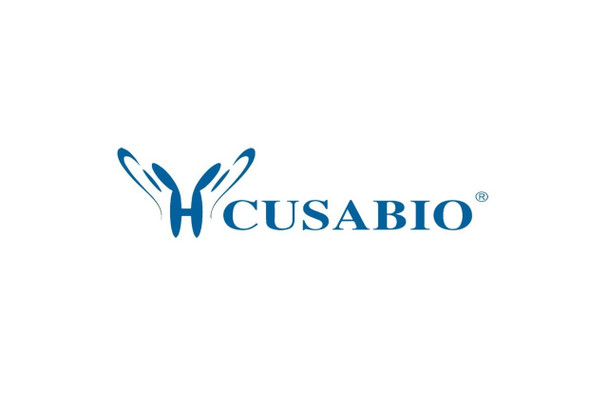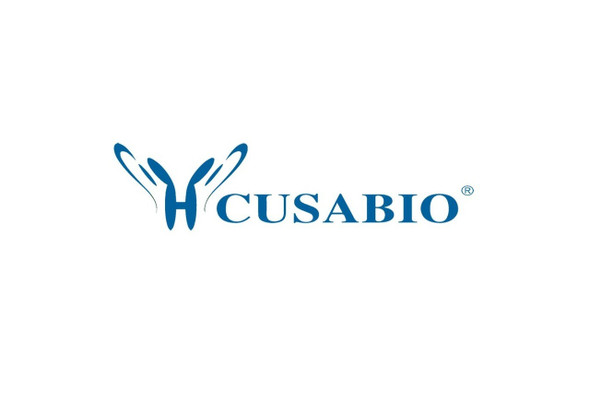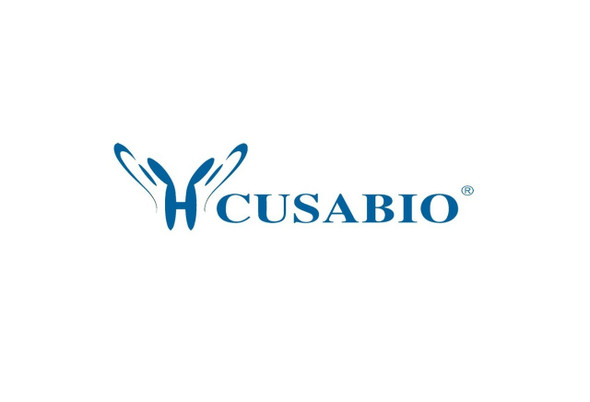Cusabio Polyclonal Antibodies
PPAP2C Antibody | CSB-PA224357
- SKU:
- CSB-PA224357
- Availability:
- 3 to 7 Working Days
Description
PPAP2C Antibody | CSB-PA224357 | Cusabio
PPAP2C Antibody is Available at Gentaur Genprice with the fastest delivery.
Online Order Payment is possible or send quotation to info@gentaur.com.
Product Type: Polyclonal Antibody
Target Names: PLPP2
Aliases: Phosphatidic acid phosphatase type 2C
Background: The protein encoded by this gene is a member of the phosphatidic acid phosphatase (PAP) family. PAPs convert phosphatidic acid to diacylglycerol, and function in de novo synthesis of glycerolipids as well as in receptor-activated signal transduction mediated by phospholipase D. This protein is similar to phosphatidic acid phosphatase type 2A (PPAP2A) and type 2B (PPAP2B) . All three proteins contain 6 transmembrane regions, and a consensus N-glycosylation site. This protein has been shown to possess membrane associated PAP activity. Three alternatively spliced transcript variants encoding distinct isoforms have been reported.
Isotype: IgG
Conjugate: Non-conjugated
Clonality: Polyclonal
Uniport ID: O43688
Host Species: Rabbit
Species Reactivity: Human, Mouse
Immunogen: Synthetic peptide of human PPAP2C
Immunogen Species: Human
Applications: ELISA, WB
Tested Applications: ELISA, WB;ELISA:1:1000-1:2000, WB:1:200-1:1000
Purification Method: Antigen affinity purification
Dilution Ratio1: ELISA:1:1000-1:2000
Dilution Ratio2: WB:1:200-1:1000
Dilution Ratio3:
Dilution Ratio4:
Dilution Ratio5:
Dilution Ratio6:
Buffer: -20°C, pH7.4 PBS, 0.05% NaN3, 40% Glycerol
Form: Liquid
Storage: Upon receipt, store at -20°C or -80°C. Avoid repeated freeze.
Initial Research Areas: Signal Transduction
Research Areas: Cancer;Metabolism;Signal transduction









